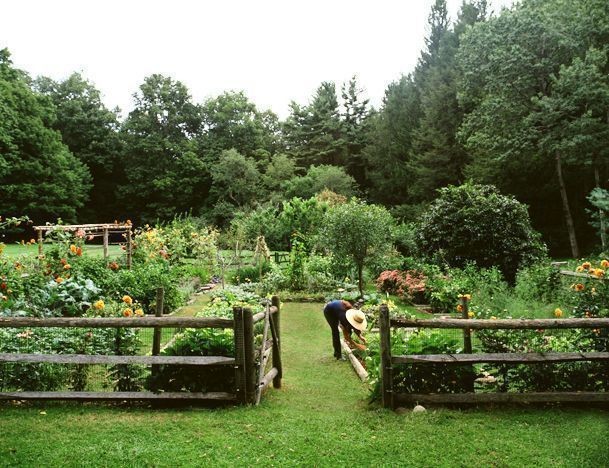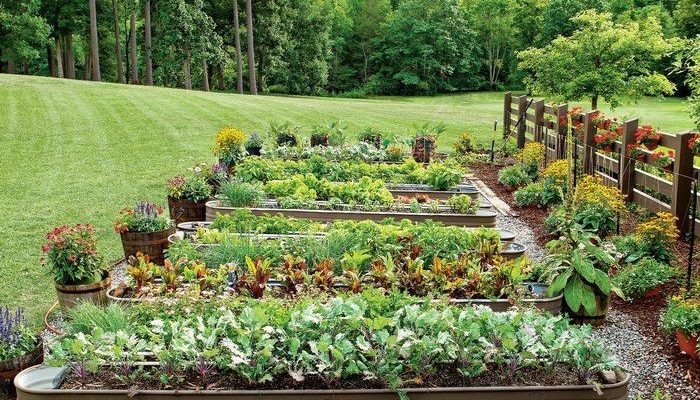In the last entry to this series, I covered the arguments for why I feel we should take steps to reconnect with our agricultural roots. This ongoing series will offer tips and advice on small scale projects for Southerners living in urban and suburban settings. In this edition, I’ll cover some ideas that anyone can do to make small steps toward that goal. I will be explaining some projects that allow the enthusiastic beginner to get their feet wet, with a minimum of overhead requirements or time commitments.
As with any new hobby or interest, it’s best to start small so as not to be overwhelmed and to give a maximum chance of success. But, from humble beginnings come great things. While these things will not allow you to produce all the food you need for a year, they will help supplement what you can buy from the store or farmer’s market and improve the quality of your food.
Starting seeds is very easy and can be done one of three ways, or you can purchase already started plants at most hardware stores, Walmarts and feed stores. First, just put the seeds in soil and lightly water them so that the soil stays moist for a few days, in about a week or so you’ll see the beginning of the plant break through the top of the soil. Second, you could place the seeds between a damp paper towel and keep the towel damp until the shell of the seed cracks open and the plant begins to emerge and then place that into the soil. Third, you can purchase a kit from the garden section of the above mentioned stores and begin the plants in the starter soils provided.
A good way for a person without much in the way of space, money, or time to begin growing food for themselves is a container garden. This is exactly what it sounds like, take a large pot, planter, or other container and use that to plant a small garden of herbs or vegetables. There’s only a few things you will need to be successful: a container, good potting soil, some small rocks, seeds of your favorite vegetables and herbs, and either a windowsill that gets good sunlight throughout the day, or some space on a deck or balcony to leave the containers out in the open air and sunshine. With container gardening, it helps, but is not required, to have multiple sized containers so you can start the plant in something small like a styrofoam coffee cup. And, as it gets bigger, transplant it to a larger container.
If your container does not have holes in the bottom you’ll need to make a couple for drainage. To get started, you should place about two inches of small rocks in the bottom to prevent the soil from compacting and helping excess water drain out the bottom. Once the soil is ready, you can plant your seed or started plant into the soil. Seeds will have directions on the package about how deep they need to be planted, as well as, what conditions the plant will thrive in (things like amount of sunlight and water required, as well as, how long you should expect to harvest from date of planting).
Once planted, water every couple of days and give plenty of sunlight, and once every two to three weeks add a little fertilizer or plant food to the soil around the drip line of the plant to keep it healthy (the drip line is a circle made from the edge of the farthest leaf around the plant and corresponds with about as far as the edge of the root system will go). If the stalk of the plant gets too long, thin, and weak, your plant is stretching to get more sunlight and should be moved to a better location. Putting a light fan blowing across your plants will simulate the wind outside and also help them grow strong, hearty stalks. Plants that do well in container gardens include herbs like rosemary and thyme, tomatoes, peppers. And, if you have a large enough container or trough, melons and gourds can be successful as well.

If you have enough space and sunlight in the backyard, raised beds can be a good way to expand your garden. A raised bed is a box on top of the ground, usually two to four feet in height, made of a sturdy material such as wood (be sure to use untreated wood, as the chemicals from the pressure treatment will leach into your growing soil and the plants you are growing), cinder blocks, or even repurposed large containers (we have a very successful raised bed made from an old cattle trough that the bottom had rusted out), this box is then filled with stones or wood debris in the bottom about six inches to a foot to aid in draining and then filled to the top with good potting soil. Make sure the raised beds aren’t so wide that you can’t reach the middle, about four feet wide will make sure you have no problems tending the center of the bed.
The advantages of a raised bed versus traditional in the ground gardens are increased control you have over the soil quality, ease of tending the garden (you don’t have to bend over as far to weed or pick the fruits of your labor), and a minimum of weeds as the several feet of soil and filler act as a thick mulch layer deterring weeds from growing up in your garden. The biggest disadvantage is that this is a much more expensive way to garden than containers. However, pretty much anything can be grown in a raised bed, including small berry bushes and root vegetables like potatoes or carrots – but, just like container gardens, you will need to make sure that you add plant food or fertilizer every couple weeks.
These are just two small examples of ways that anyone, regardless of how little space is available, can supplement what they buy from the store or market to improve the quality of food their family eats. Beyond the time involved in setting up these small gardens, the amount of time needed for maintenance and upkeep is only a few minutes a day. They are also highly modifiable; as you grow as a gardener it is simple to add another couple containers or raised bed. These are good ways to get started and grow your green thumb and help build your confidence and skills in providing a healthy meal for your family.
In the next article in this series, I will cover ways that you can raise healthy proteins.
-By Dixie Anon

O I’m a good old rebel, now that’s just what I am. For this “fair land of freedom” I do not care at all. I’m glad I fit against it, I only wish we’d won, And I don’t want no pardon for anything I done.





